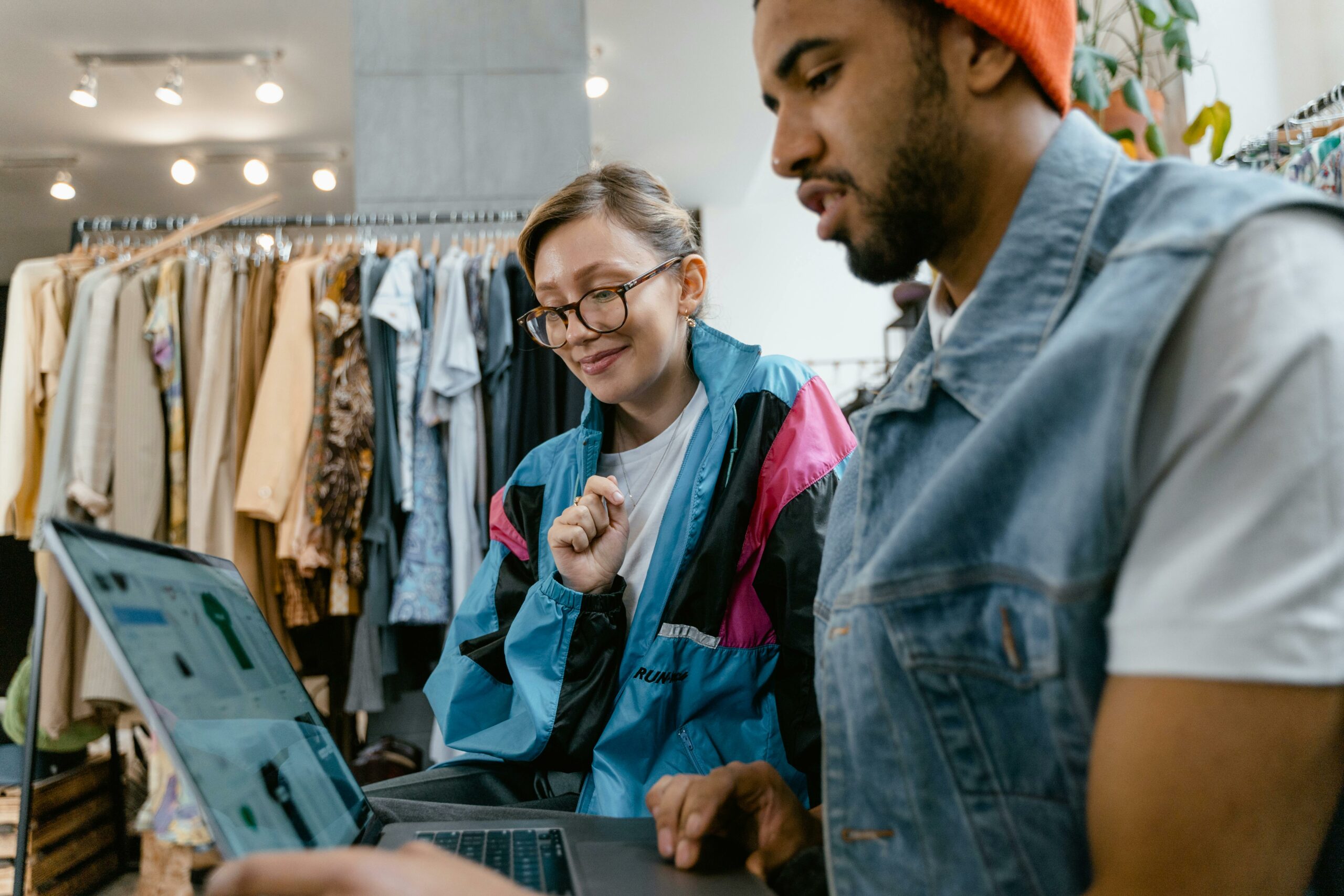
76% of purchasing decisions are made at the point of sale, and innovation has become a crucial pillar for impacting the customer. The way brands approach their promotions has evolved significantly, especially with the incorporation of new technologies and changing customer expectations.
With the advent of advanced technologies like artificial intelligence and augmented reality, companies are finding more creative ways to drive traffic to their stores, enhancing the shopping experience.
This article explores how five iconic brands have redefined point of sale promotion in 2024 with innovative strategies that not only capture attention but also offer personalised and memorable experiences.
Point of sale promotion has undergone a radical transformation over the past few decades. Previously, tactics were limited to simple discounts, coupons, or in-store displays. However, with the advent of digitalisation and technology, brands have had to adapt quickly.
Disruptive marketing strategies are on the rise, becoming a space where technology and customer experience merge to create unique shopping moments.
Nowadays, the actions we include in our strategy are more relevant than ever, as consumers expect shopping experiences that are both informative and sensory.
The shift towards greater personalisation and the use of advanced technologies have led to an evolution in how brands connect with their customers, and here we share some examples of how these brands are innovating.
Nike has always been a pioneer in adopting technology to enhance the customer experience in its physical stores. In 2024, Nike has implemented augmented reality (AR) to offer an immersive shopping experience. Customers can scan products with their smartphones to view detailed information, videos of athletes using the products, and recommendations for other items based on their personal preferences.
The integration of augmented reality not only enhances the customer experience but also allows Nike to collect valuable data on customer preferences. This helps them further personalise their future offers and promotions.
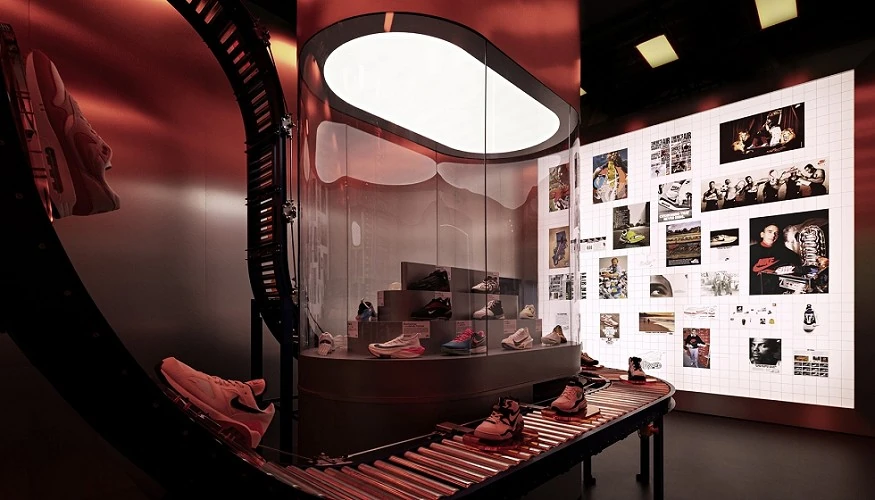
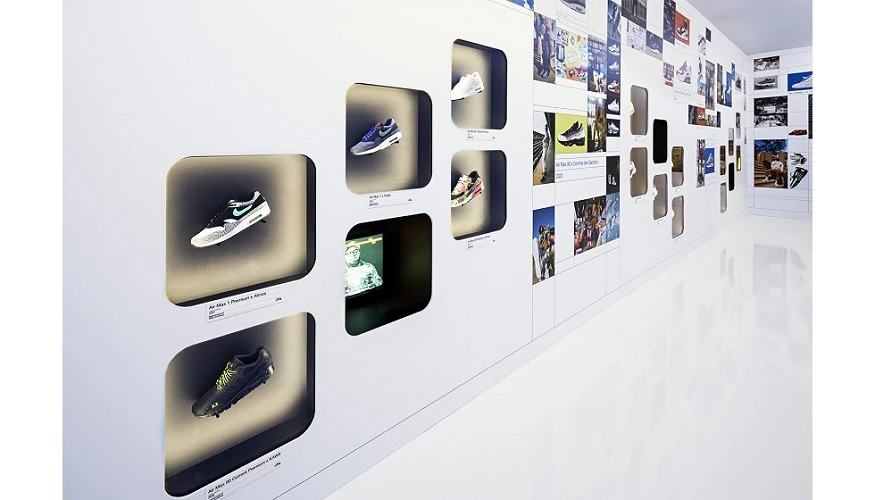
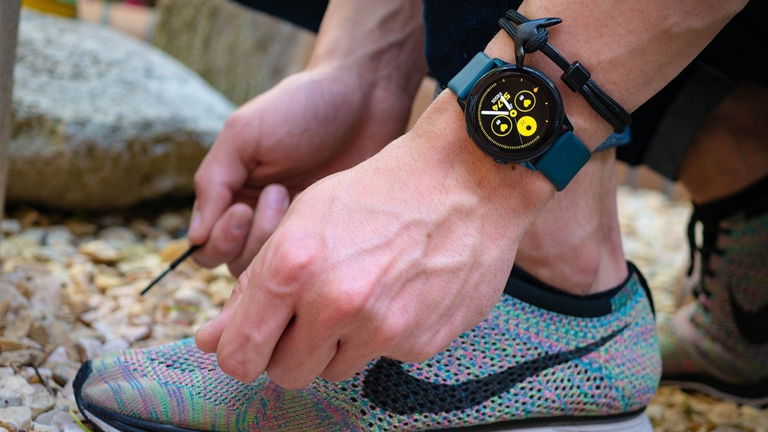
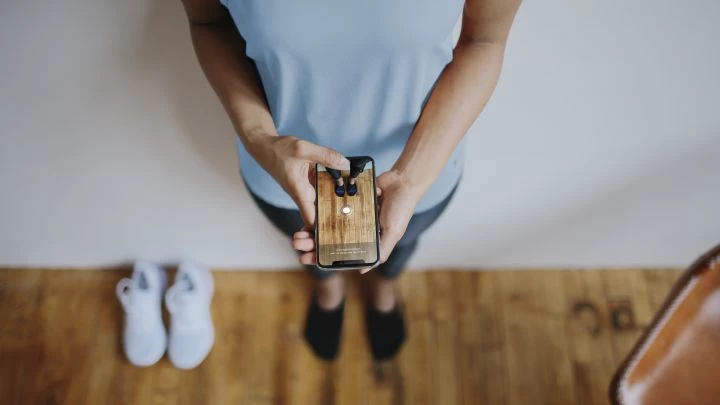
This strategy not only increases the time customers spend in-store but also improves customer satisfaction and has led to higher conversion rates.
The ability to personalise offers in real-time and the use of advanced technology to enhance customer relationships make this action particularly innovative. The use of augmented reality in retail is ushering in a new era of shopping experiences, making the process more interactive and engaging for customers.
IKEA has already transformed the shopping experience by enabling the design of spaces with virtual reality (VR). This technology allows shoppers to visualise how furniture would look in their own homes before making a purchase. By using VR devices, customers can even virtually walk through their rooms and experience how the furniture fits into their space.
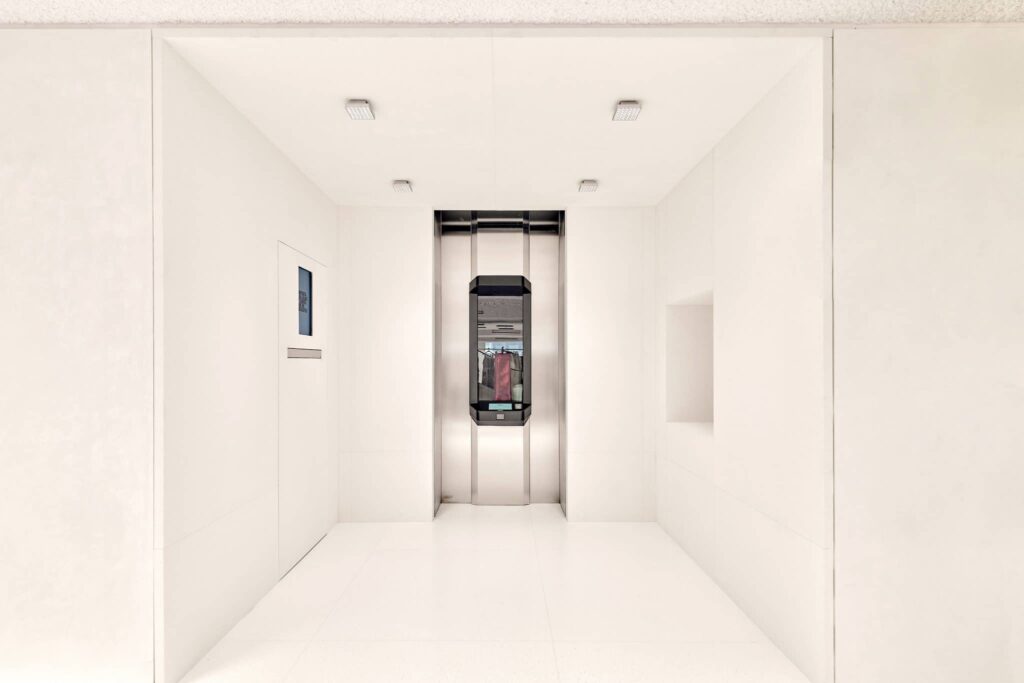
This not only helps customers make more informed purchasing decisions but also increases interaction with the brand’s products. The ability to see and experience products in a simulated environment reduces uncertainty and optimises the buying process.
Combining virtual reality with discounts and exclusive promotions for those who use this technology at the point of sale is an innovative approach that transforms customer relationships. IKEA certainly stands out for its ability to engage users uniquely, reducing purchase uncertainty and increasing satisfaction.
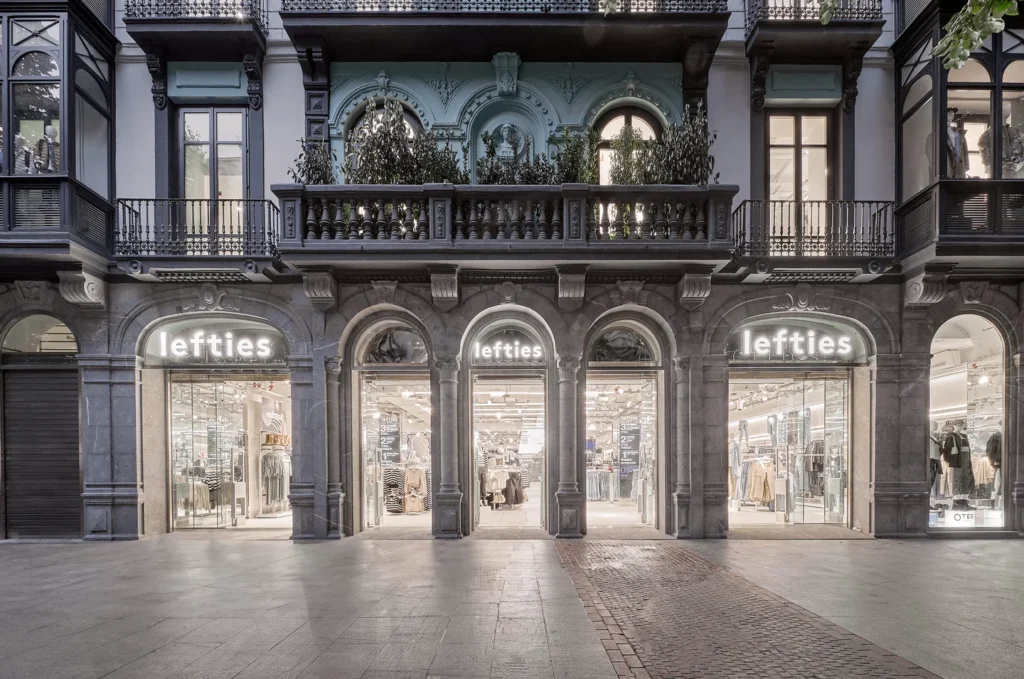
At the point of sale, there are software systems that control the content of advertising screens installed in the store. Additionally, thanks to artificial technology and facial recognition cameras, real-time customer data can be obtained to display personalised content. This application helps you maximise your sales opportunities and increase your financial profitability.
Content Management Systems (CMS) are software tools that help users create, manage, and modify content on a website or at a point of sale, without the need for specialised technical knowledge. Essentially, it’s a simple tool that allows anyone with minimal knowledge to create systems with various functions for their online or offline space. For example, for online spaces, tools like WordPress or Wix might be used to create your Ecommerce store’s website, although a wide variety of similar tools exist.

Sephora has implemented a system where customers receive personalised samples based on their purchase history and through a skin analysis performed using artificial intelligence in stores. Through a facial scan with an AI device, customers receive product recommendations tailored to their specific needs and can try samples on the spot.
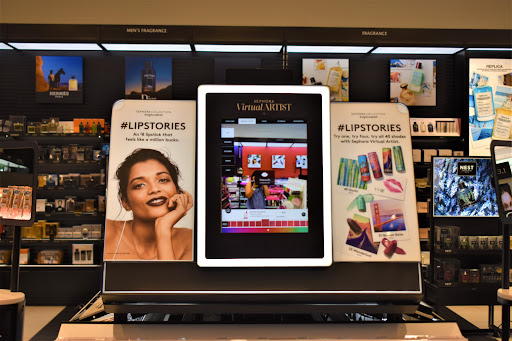
This strategy combines personalisation with artificial intelligence, allowing the brand to offer a customer-centred experience. Implementing this type of technology not only strengthens customer relationships but also provides valuable insights into product preferences and behaviour, increasing the likelihood of purchase and brand loyalty.
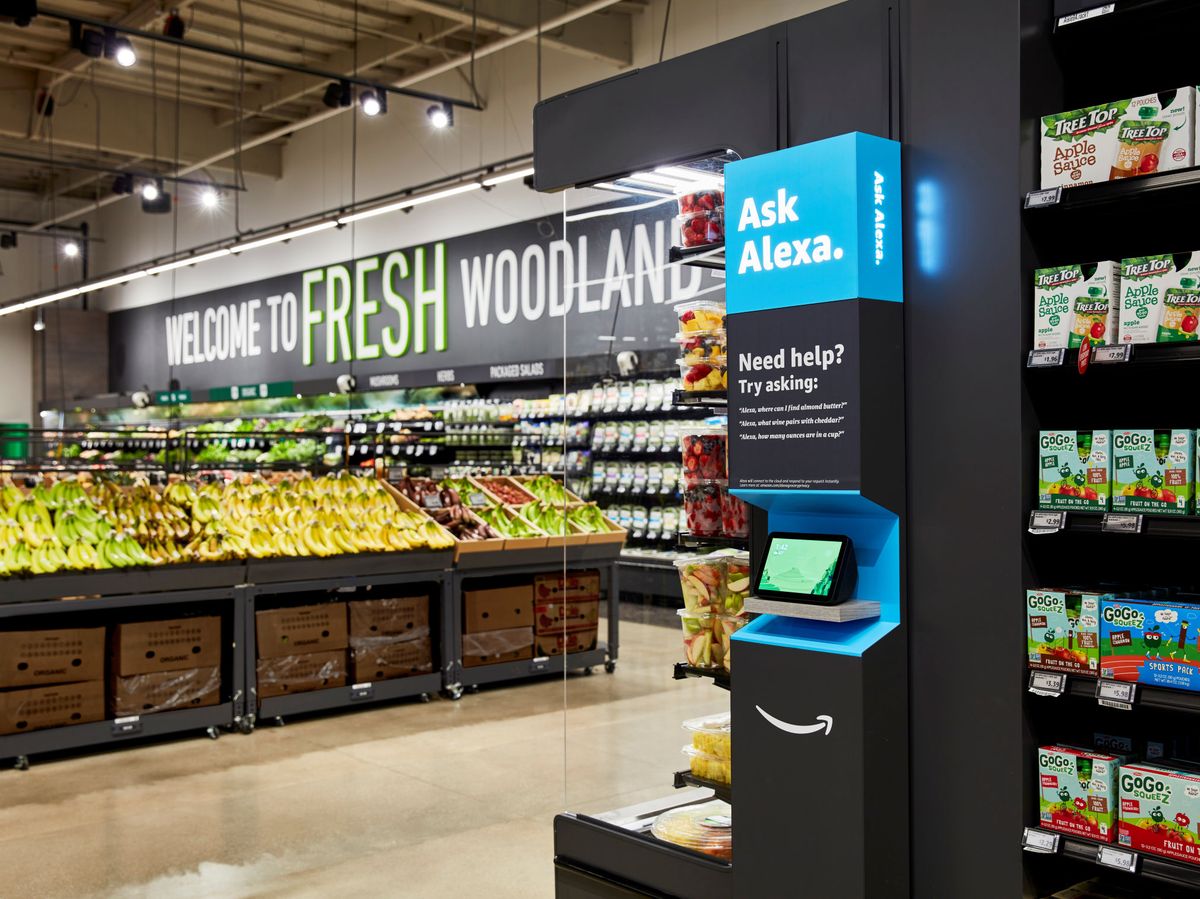
By eliminating queues, Amazon Fresh not only enhances customer convenience but also sets a precedent for new purchasing processes.
The logistics giant has implemented its “Just Walk Out” technology in some supermarkets, where customers can enter, pick up the products they want, and leave without needing to go through a traditional checkout. Thanks to a combination of cameras, sensors, and machine learning algorithms, purchases are automatically charged to the customer’s Amazon account.
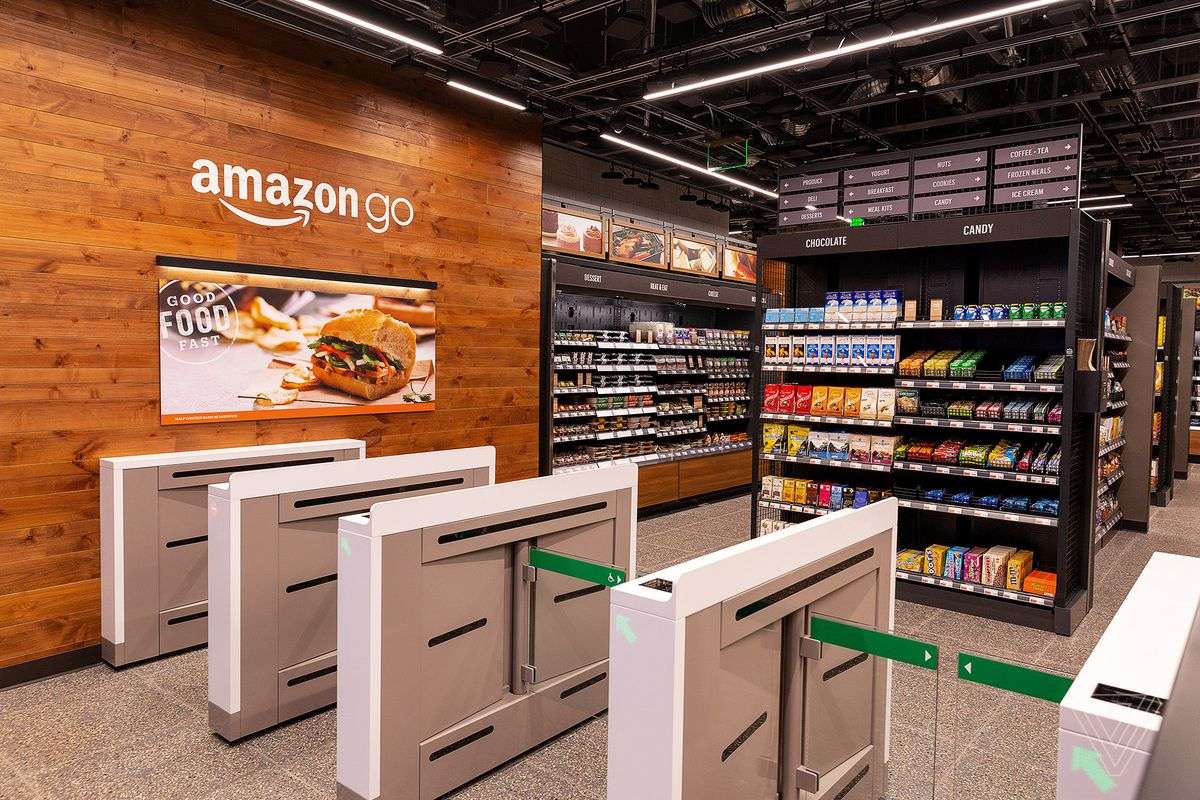
Through these examples, we can see how technology and personalisation are redefining point of sale promotions in 2024, offering more engaging and unique experiences. The disruptive strategies we’ve explored are not only transforming the present but are also laying the groundwork for the future of retail, where technology and customer experience will be more important than ever.
For brands looking to stay relevant in the market, it’s essential to start investing in emerging technologies and focus on creating personalised shopping experiences that resonate with new audiences.
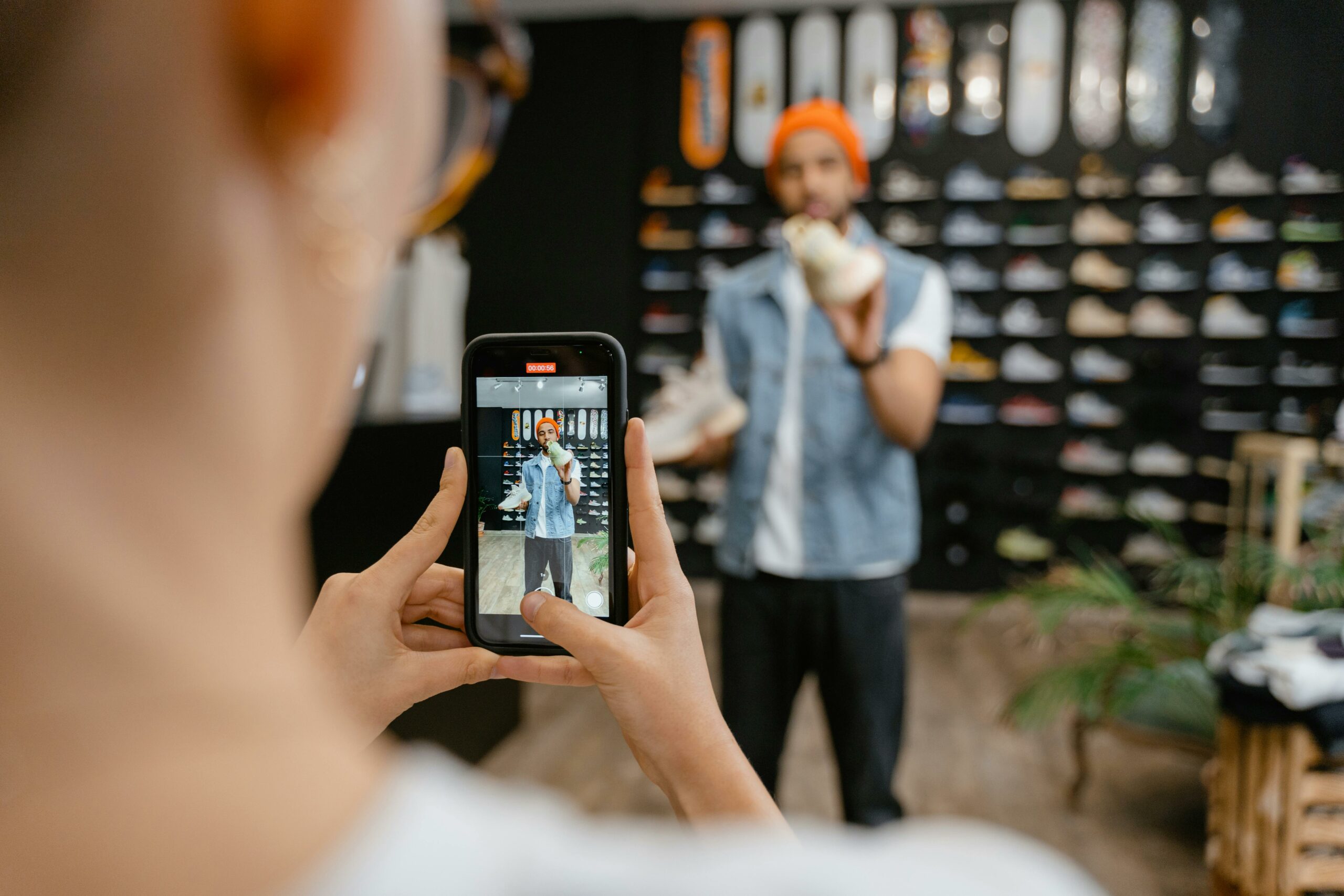
Nuevas tecnologías para actualizar los puntos de venta.
Invest in elements that enhance your strategies.
You may also be interested
open
08:00 AM-18:00 PM Monday – Friday
08:00 AM-18:00 PM Monday – Friday